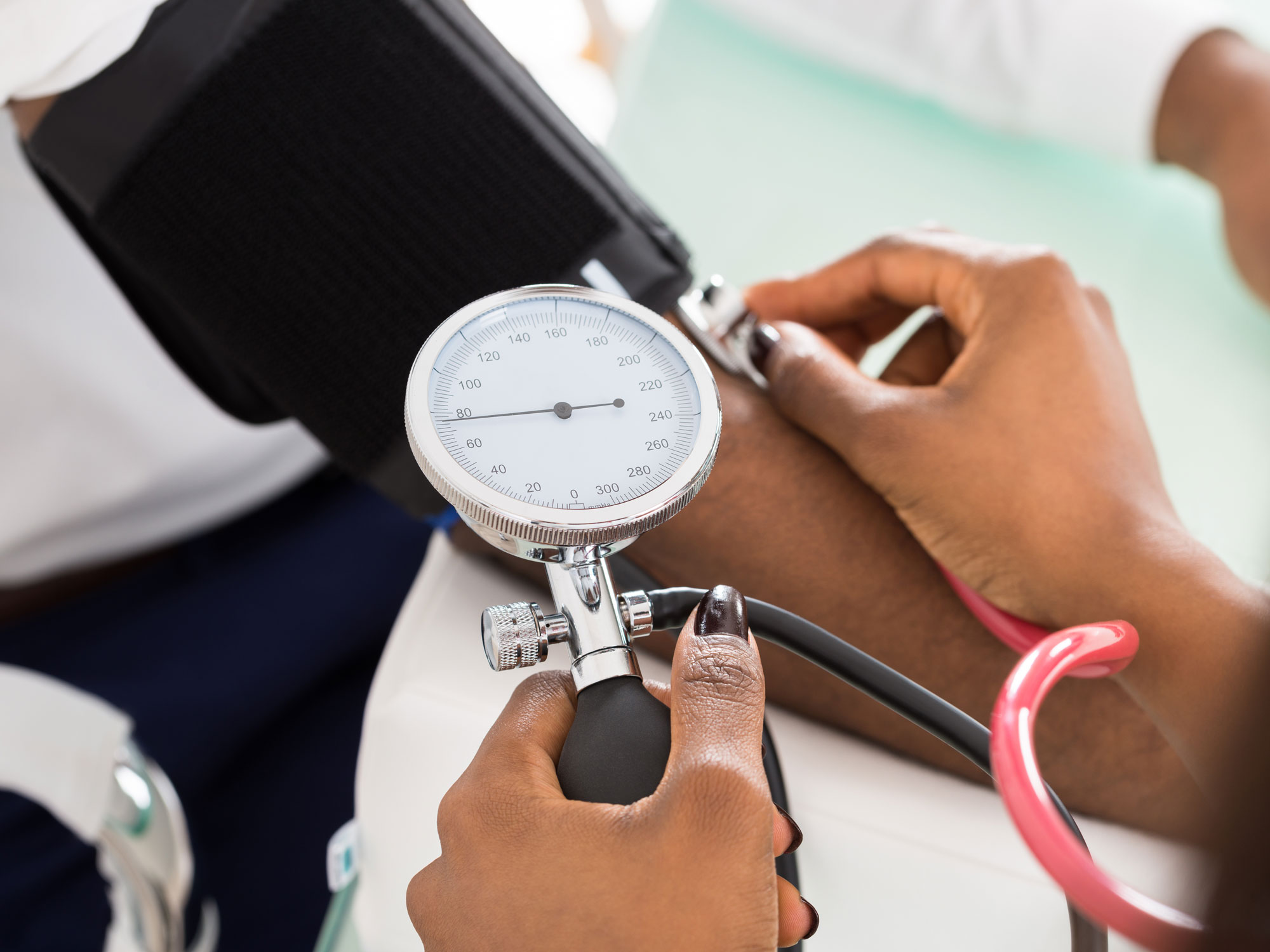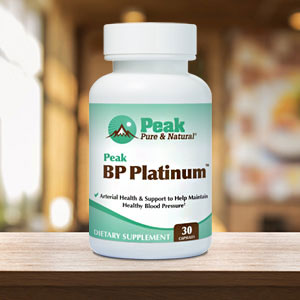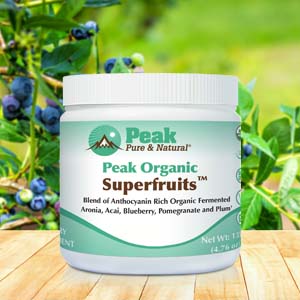Get Easy Health Digest™ in your inbox and don’t miss a thing when you subscribe today. Plus, get the free bonus report, Mother Nature’s Tips, Tricks and Remedies for Cholesterol, Blood Pressure & Blood Sugar as my way of saying welcome to the community!
The food that could replace blood pressure meds

With the American College of Cardiology’s new blood pressure guidelines in place, many of us find ourselves in a position we’ve never been in before — diagnosed with high blood pressure.
Since 2017, the American College of Cardiology and the American Heart Association have said that anyone with blood pressure readings 130/80 mm Hg or higher needs treatment. Before, you didn’t need treatment in the eyes of modern medicine unless your reading was at least 140/90 mm Hg.
Now, there are plenty of skeptics in the medical community who say treating blood pressure at lower thresholds won’t help in the long run. And it may even come with risks since blood pressure medications are rife with side effects…
In fact, blood pressure pills are being pulled from pharmacy shelves because of dangerous, even cancer-causing impurities, and the FDA says more drug recalls are likely on the way.
So, how do you avoid having uncomfortable conversations with your doctor about high blood pressure meds you really don’t want to take?
Get that BP down!
And there’s a blue food that can help in a big way. In fact, if you’re just over that high blood pressure borderline based on the new guidelines, it can get your numbers back in healthy BP territory in as little as a month. Even if your blood pressure falls at the higher end of the spectrum, it can play an important role in a larger lifestyle plan for lowering your BP.
What food is it?
Blueberries!
Blueberries battle high BP
A new study from researchers at King’s College London found that a daily dose of blueberries can have a swift and impressive effect on blood pressure.
The study included 40 people, half of whom drank 200 mg of blueberries per day for a month. During that month, researchers tracked a few important health measures. They took blood and urine samples and tested blood pressure and flow-mediated dilation (FMD) of the brachial artery (a biomarker of cardiovascular disease risk).
And here’s what they found…
People who drank blueberries daily lowered their blood pressure by 5 mm Hg in a month. That’s similar to the results people experience with blood pressure medication. They also had better blood vessel function within two hours of drinking the blueberry beverage.
Researchers suspect the blood pressure benefits of blueberries come from anthocyanins, the potent antioxidants that give them their rich color.
In fact, they did another study where they tested the effects of an anthocyanin-only drink. They found that this drink improved endothelial cell function, which helps with blood clotting and blood pressure regulation. But they believe the biggest benefits come from eating (or drinking) whole blueberries rather isolated anthocyanins.
“If the changes we saw in blood vessel function after eating blueberries every day could be sustained for a person’s whole life, it could reduce their risk of developing cardiovascular disease by up to 20%,” said lead researcher Dr. Ana Rodriguez-Mateos from the Department of Nutritional Sciences at King’s College London.
Your high BP Rx: Lots of blueberries
So, how many blueberries should you eat (or drink) to get these blood pressure-lowering benefits?
Well, in the study participants consumed 200 grams per day, which is about two cups. That’s quite a bit of blueberries. But it’s totally doable…
You can easily toss a cup of blueberries into a morning smoothie or a bowl of oatmeal. Or eat some in your yogurt. Heck, I personally like to eat blueberries plain as an afternoon snack.
If you’re not big on blueberries, you could also try other anthocyanin-filled foods, like blackberries, cranberries, cherries, blackcurrants, pomegranates, purple sweet potato, beets, black carrot, and red cabbage.
Whatever you choose to eat, make sure you take control of that blood pressure before your doctor reaches for his or her prescription pad.
Editor’s note: Have you heard of EDTA chelation therapy? It was developed originally to remove lead and other contaminants, including heavy metals, from the body. Its uses now run the gamut from varicose veins to circulation. Click here to discover Chelation: Natural Miracle for Protecting Your Heart and Enhancing Your Health!
Sources:
- New ACC/AHA High Blood Pressure Guidelines Lower Definition of Hypertension — The American College of Cardiology
- FDA official says ongoing blood pressure drug investigation will probably uncover more tainted pills — CNN
- The ‘blue’ in blueberries can help lower blood pressure — MedicalXpress
- Circulating anthocyanin metabolites mediate vascular benefits of blueberries: insights from randomized controlled trials, metabolomics, and nutrigenomics — The Journals of Gerontology: Series A
- What are anthocyanins and why are purple foods so healthy? — BBC Good Food
- Anthocyanidins and anthocyanins: colored pigments as food, pharmaceutical ingredients, and the potential health benefits — Food Nutrition Research














